According to a recent study of US companies by PwC, 52% of survey respondents said they have accelerated their plans for artificial intelligence (AI) adoption due to the Covid crisis. What’s more, 86% said that AI would be a “mainstream technology” for their companies in 2021. Amid the pandemic, adoption of AI technologies soared, increasing productivity and helping in the creation of new products.
As brands turn to AI to improve the customer experience, interest in visuals that illustrate these changes has boomed. In 2020, the Getty Images Creative Insights Team revealed that searches for “Artificial Intelligence” had gone up by 179% in the previous twelve months. In the same period, searches for “smart speakers,” “contactless card,” and “rideshare” increased by 179%, 396%, and 239%, respectively. Furthermore, their research indicated that 62% of brands in finance were looking to illustrate AI in their visual branding.
Below, we’ll take a look at just a few ways to consider incorporating the AI theme into your lifestyle photoshoots for Licensing. As smart technology becomes increasingly personalized (and commonplace), this genre will continue to evolve, bringing with it more opportunities along the way. Let’s dig in.
What is Artificial intelligence (AI)?
As cited by Getty Images in a trend report on the subject, research from Pega reveals that although just 34% of consumers think that they have interacted with AI, 84% have actually used at least one AI-powered device or service. Many of us interact with AI without thinking about it, in the case of chatbots, product suggestions, spam filters, and beyond.
At the risk of oversimplifying, AI refers to the science and engineering of computer systems meant to work similarly to the human brain. A neural network, for example, can learn to identify patterns in massive amounts of data—a capability with wide-ranging possibilities. In the abstract, visualizing AI can be a challenge, but in practice, AI has become an increasingly present part of our daily lives and routines.
You might encounter neural networks in the form of security cameras or digital assistants like Amazon’s Alexa, and much more. When you get recommendations on your Netflix account, you’re using AI. Self-driving cars are another example. In the future, experts say that AI could even be used to spot signs of dementia in older adults.
Photographing AI
As we mentioned in our article on cybersecurity, it can be difficult to know how to illustrate abstract topics photographically. While the stock photography of yesteryear might have revolved around sleek, futuristic robotics, today’s visuals can represent real-life stories, showing how people interact with AI, whether they’re browsing the web or hailing a ride via an app. By focusing on the humans rather than the tech itself, you can show how we work with our devices to manage our schedules, protect our homes, or even monitor our health.
Commercial lifestyle photography has moved away from overly posed, cliche shots and toward a more natural, candid approach. As always, work with and celebrate people of all ages, gender identities, abilities, and backgrounds, and document your models as they go about their regular routines and participate in daily activities. From there, you can mix up your angles and framing for a more immersive, first-person perspective.
When submitting your photos for Licensing, you’ll need model and property releases for any recognizable people or private properties (residences, offices, etc.), so remember to iron those details out with your collaborators before the shoot to avoid any confusion.
A quick note on intellectual property issues
On Getty Images, searches for “innovative technology” rose by 238% between 2019 and 2020, with customers looking for new ways to illustrate tech. Devices such as computers, phones, fitness trackers, and more can make your lifestyle photos more timely and marketable, but one thing to be aware of is intellectual property.
The problem with many of these devices is that they have copyrighted elements, including brand logos or brand-specific designs (including buttons, ports, or cameras on phones), so make sure to remove those details if you plan to license your photos for commercial use. As always, the same rule holds for any logos on clothing or artwork on walls.
You can choose generic props or use model placement to hide or obscure copyrighted details, or if it’s an option, you can edit them out in post-production using the clone stamp tool. Keep an eye on any screens too to ensure that they don’t have any trademarked images. You can use your own designs or images or simply blur your screen, giving the image buyer the option to add anything they want where the screen would be.
Spotlight on: The Internet
Chatbots and virtual help centers might be the most recognizable form of AI you’ll find on the internet, but they aren’t the only ones. AI is used to deliver web search results, filter out spam emails, or optimize our online shopping experiences through targeted eCommerce ads. On social media, AI can identify and distinguish between people in photos, or it can suggest products and search results depending on our data. Recently, deep learning has even been used to detect and fight “fake news” online.
Spotlight on: Mobile phones
From facial recognition to voice assistants, we use a number of AI-powered features and services through our phones. Predictive text uses AI, and so do rideshare apps. In recent years, mobile phone cameras have relied on AI to take (or edit) better photos. When conceptualizing shoots, brainstorm the various ways our phones can make life more convenient and productive, whether it’s connecting us with new services or helping us create on the go.
Spotlight on: Cybersecurity
AI relies on data, so many consumers are (understandably) concerned about potential privacy issues. As a result, the public is placing increased pressure on brands to be transparent in how and when they use our data. At the same time, AI can be used by companies to protect their customers and their privacy by detecting attacks or breaches, and that can be represented through photos of people working seamlessly with their devices.
Perhaps unsurprisingly, searches for “cybersecurity” on Getty Images went up by 107% between 2019 and 2020. For more ideas and tips, be sure to check out our article on shooting cybersecurity visuals for commercial Licensing.
Spotlight on: Smart homes and voice assistants
Smart homes can incorporate everything from facial recognition to smart locks to make every day domestic life more convenient. For some, that might mean using mobile apps to control the lights, thermostat, TV, or other household appliances; for others, it might mean asking a voice assistant to walk them through a new recipe or help them prep their schedules for the day ahead. It could mean getting alerts from your smart home security system when you’re away, or it could mean using AI to help improve accessibility or mobility for those with disabilities.
Spotlight on: Medicine and wearable tech
From appointment bookings to early detection tools, AI has many potential applications in medicine and healthcare. Some devices use AI to help people monitor diabetes, while others offer a mobile ECG solution. For physicians, AI can open up possibilities for remote patient monitoring.
One concept that translates easily into photography is wearable tech, or devices used to track and monitor our health and fitness (as of 2020, a survey from the Pew Research Center revealed that about one in five adults in the US regularly wears a smartwatch or fitness tracker). These wearables can be a great way to show how people take care of themselves or manage their healthcare journey at home and on the go.
Spotlight on: Entertainment
AI plays a significant role in how we consume media today, from music to videos. Services like Spotify use AI to predict what songs we’ll like, while Netflix uses machine learning to optimize recommendations and curate the user experience. When photographing how we use AI in entertainment, consider everyday moments like gathering the family around the TV for movie night, or an individual playing music while dancing in the kitchen. Tap into your own life and family for inspiration.
The 500px Content Team recommends including these trending keywords when tagging your images: personalization, helpfulness, convenience, engagement, 24/7 accessibility, enhanced customer experience, access, happy customers, security, efficiency, healthcare, empowered health, and healthy families.
Not on 500px yet? Click here to learn about Licensing with 500px.

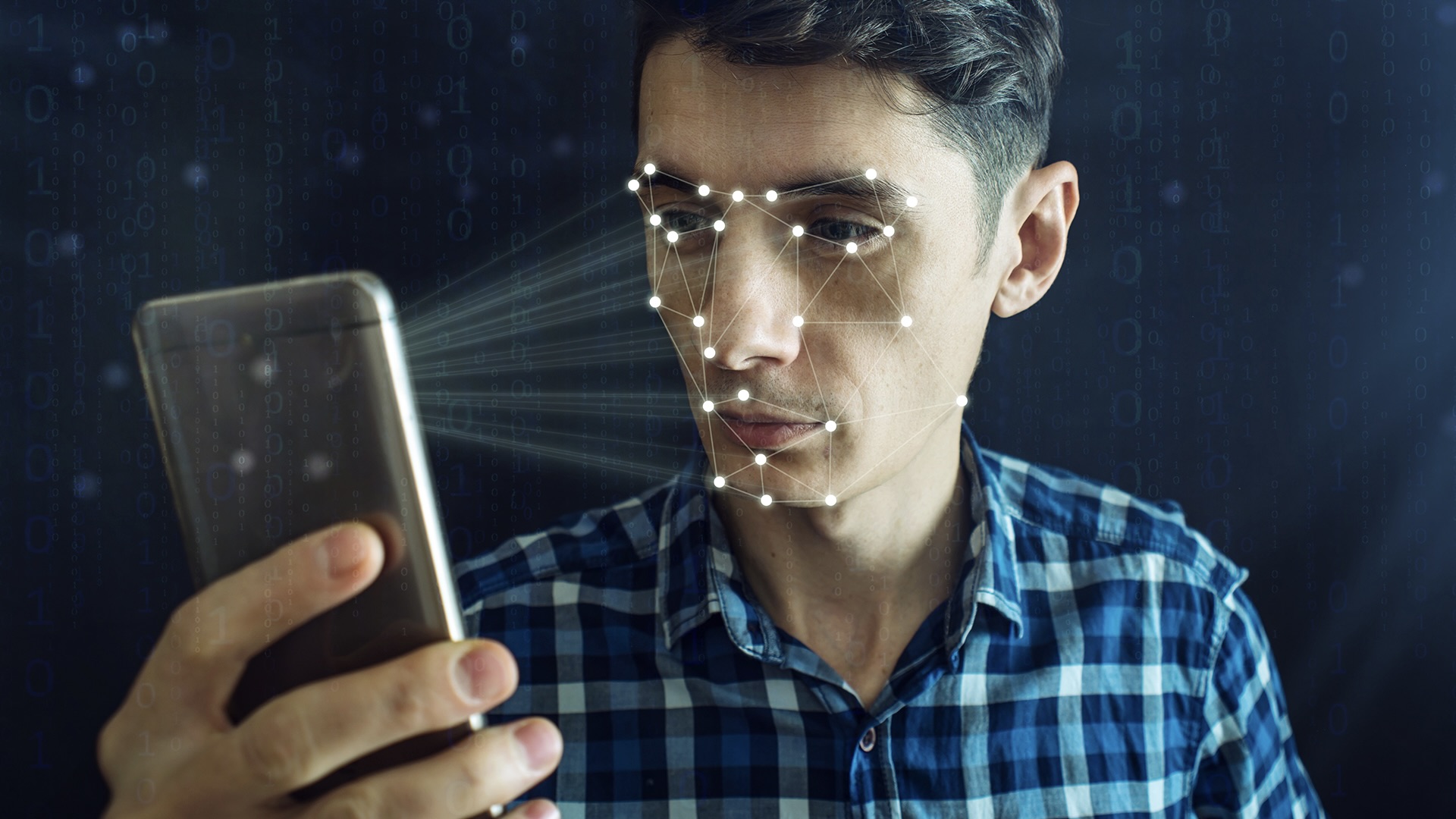
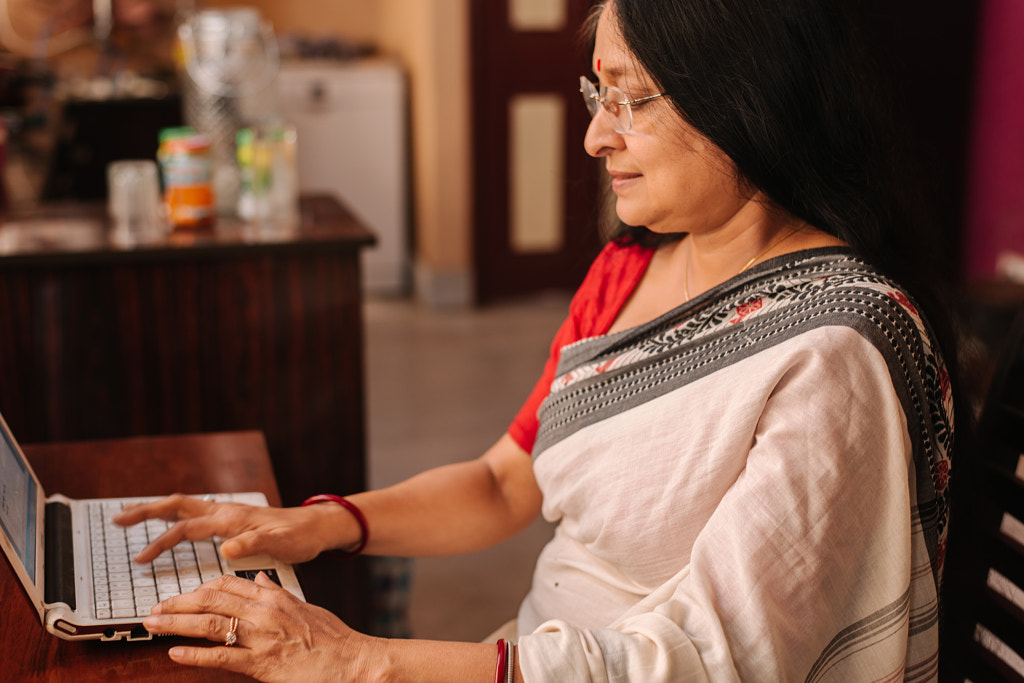


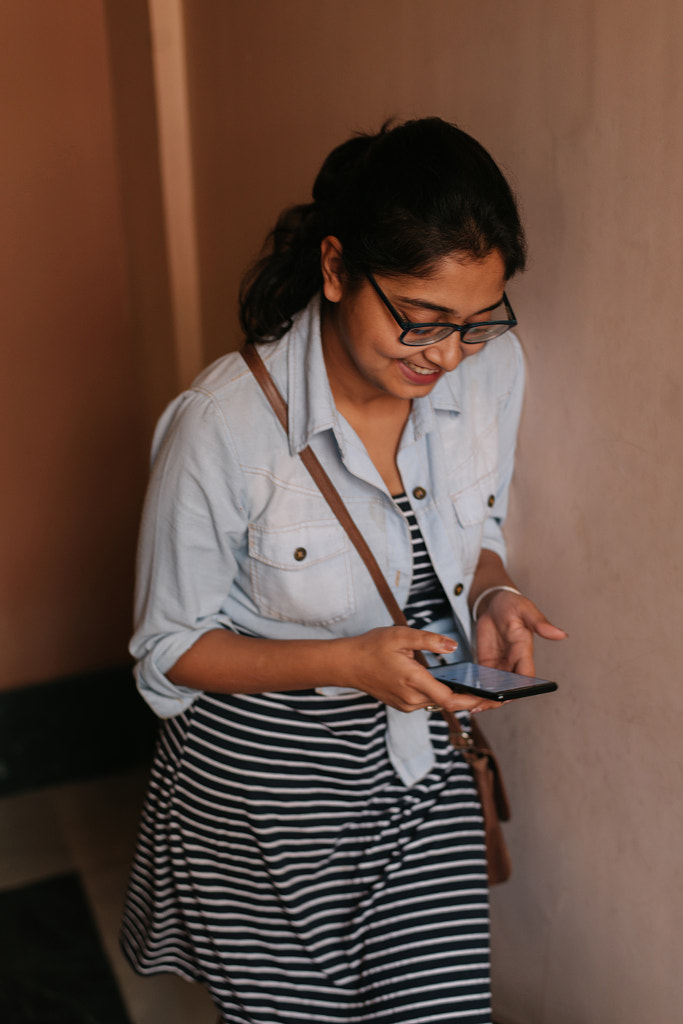


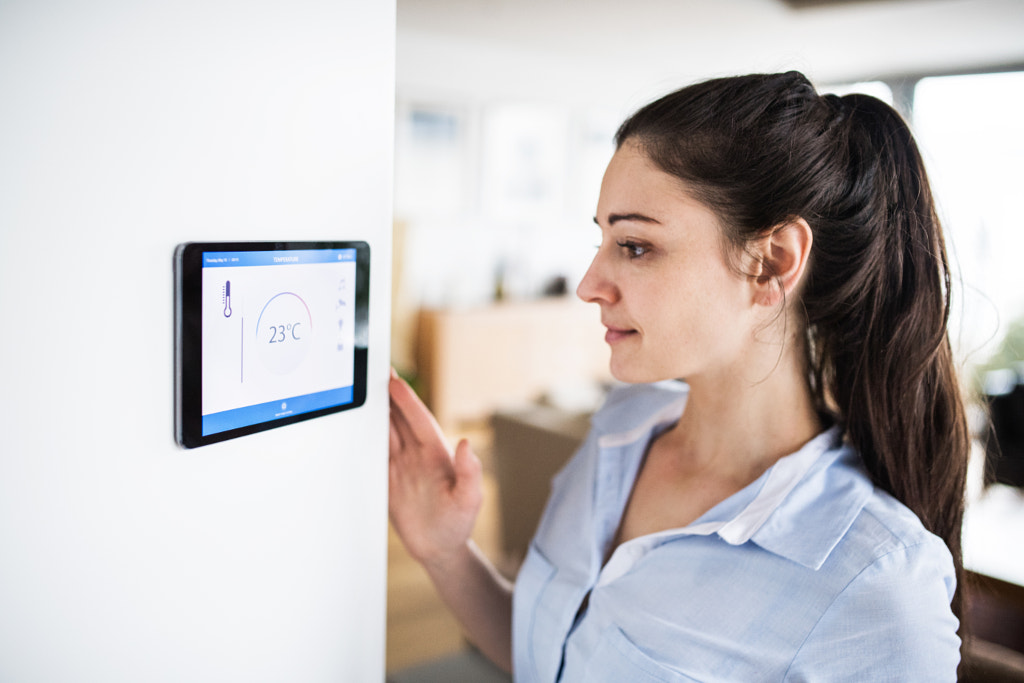
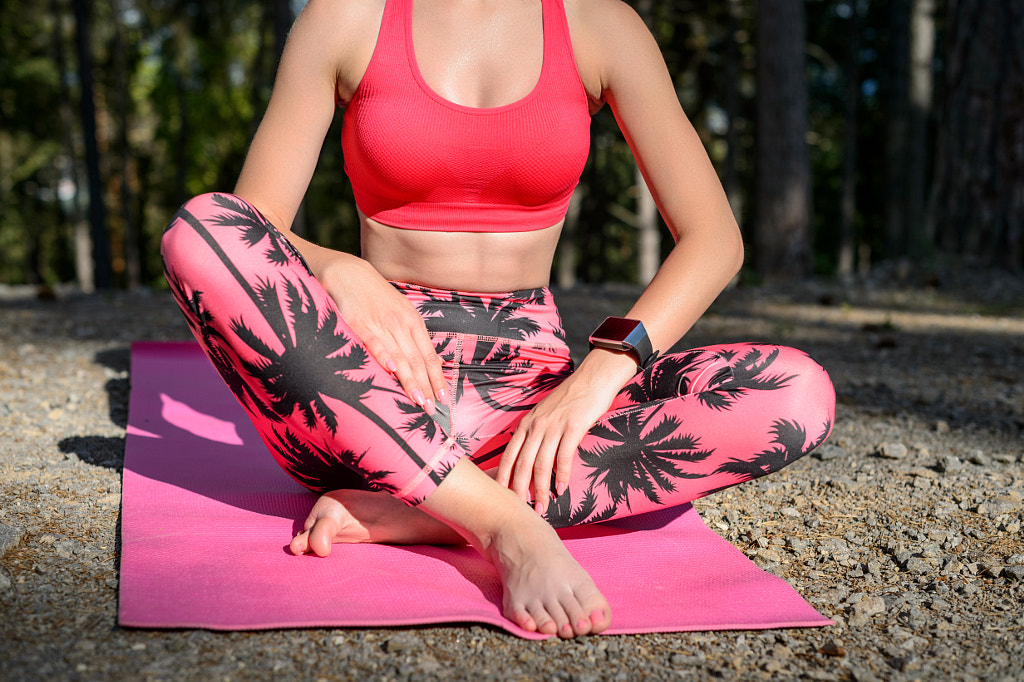
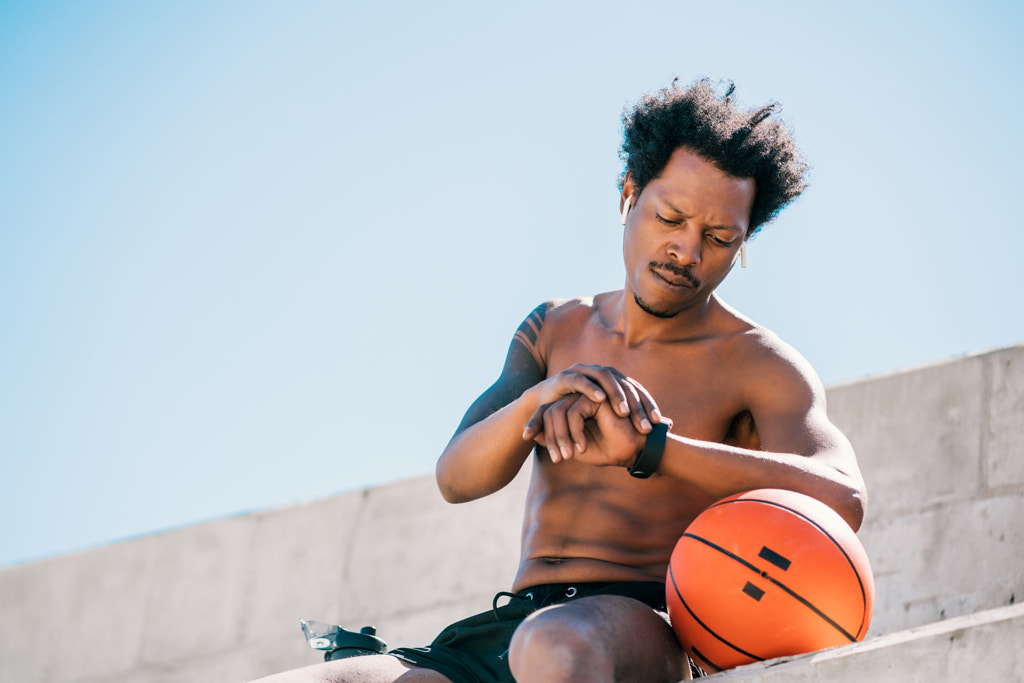

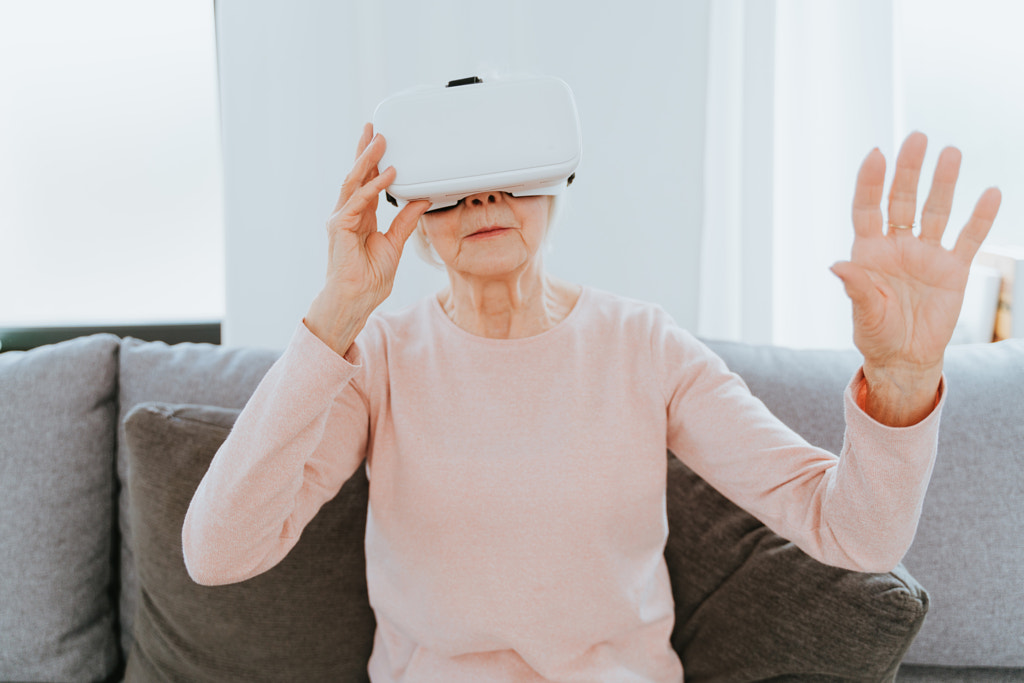


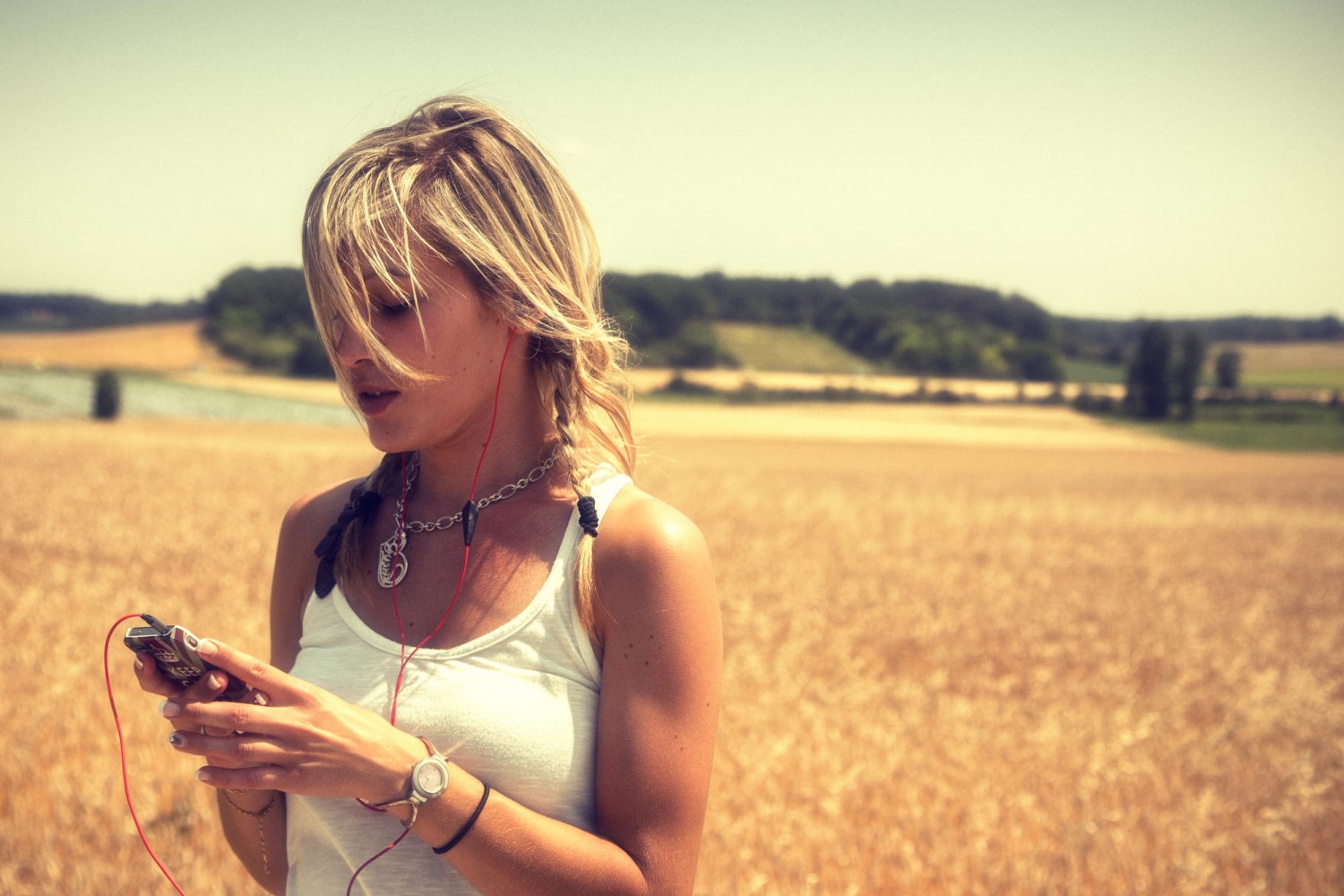
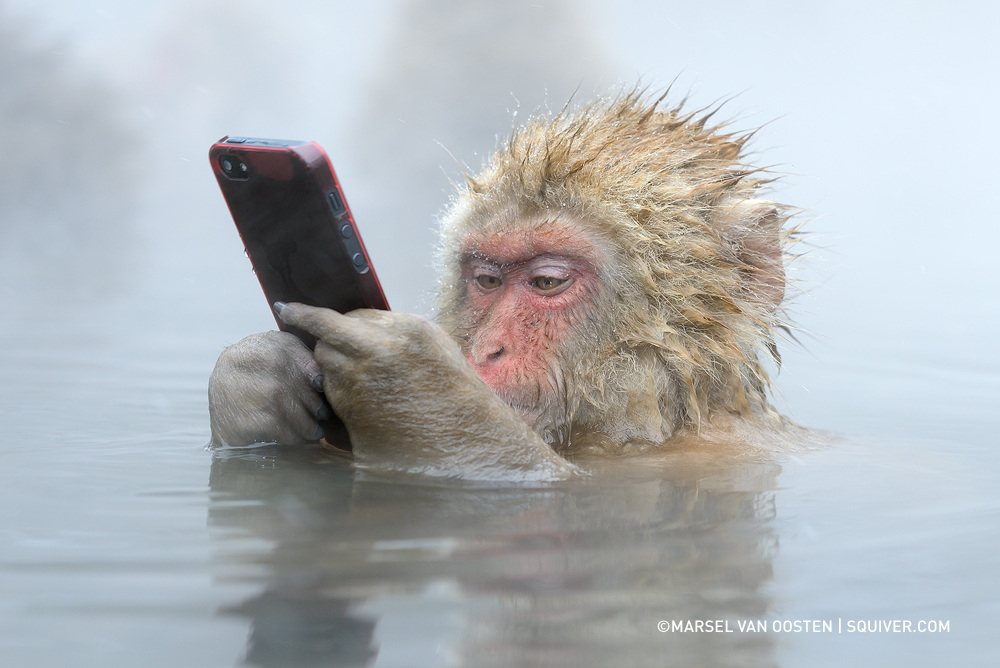

Leave a reply